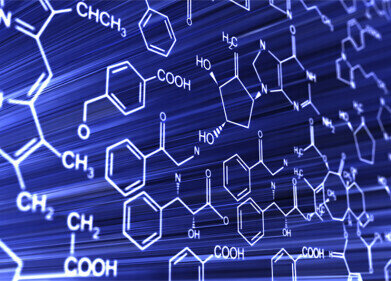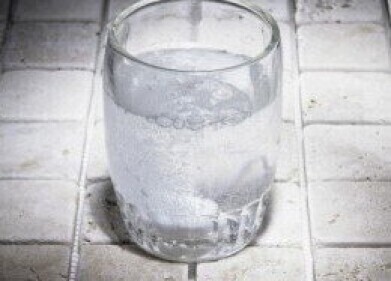PFAS in water
What Are the Different Types of PFAS Contamination?
May 21 2021
Often called “forever chemicals” due to their remarkable persistence in the atmosphere, PFAS are a group of well over 4,000 synthetic chemicals created for a variety of purposes. They’re used to give cooking pots and pans their non-stick properties, to make clothes, furniture and other textiles resistant to stains and water damage and as a key component of food packaging.
As such, they’re present in our environment in many different ways. This, coupled with their incredibly long lifespan (some PFAS are estimated to endure for over a thousand years), means that we are exposed to them via many different sources. Here’s a quick rundown of the main ways in which PFAS can contaminate the planet and, by extension, the human body.
In the air
Because they last so long before degrading, PFAS can leach into our airways over decades and centuries. After the products that they are contained within are used and discarded, they often end up in landfills, where their exposure to the open air means they can evaporate into the atmosphere. Although very little is known about human inhalation of PFAS from the ambient air, more research is currently being conducted into this phenomenon.
In the water
One of the most concerning forms of PFAS contamination is in our water supplies. The fluorine-carbon bond which forms the bedrock of PFAS chemicals is so strong that it can withstand the filtration techniques used at wastewater treatment facilities, then ultimately enter into streams, rivers and even reservoirs designated for drinking water. For more information about the latest techniques used to quantify PFAS concentrations in drinking water supplies, check out the article Screening technique for Adsorbable Organic Fluoride (AOF) concentrations with the Xprep C-IC.
In the land
If PFAS aren’t infiltrating our airways or waterways, they’re likely seeping into the soil beneath our feet. This can occur via many manners, though it primarily happens in locations which have been the site of fires or fire safety training. That’s because the foam used by firefighters to extinguish flames contains high levels of some PFAS, which is why military installations, firefighting departments and similar places often see surprising high levels of PFAS contamination in the surrounding ground.
In our food
Due to their prevalence in our seas, oceans and soils, PFAS can easily contaminate the food we eat. For meat and fish eaters, this is because the animals that they consume have in turn absorbed PFAS themselves and the chemicals have accumulated in their stomach. Indeed, this often begins at one end of the food chain and slowly permeates up the levels, gathering in greater concentrations as it goes. Meanwhile, vegetarians and vegans are not safe either, since crops grown in the ground can become contaminated by cultivation, irrigation, processing or packaging methods.
Digital Edition
IET 35.2 March
April 2025
Air Monitoring - Probe Sampling in Hazardous Areas Under Extreme Conditions - New, Game-Changing Sensor for Methane Emissions - Blue Sky Thinking: a 50-year Retrospective on Technological Prog...
View all digital editions
Events
Apr 30 2025 Ankara, Turkey
May 06 2025 Nuremberg, Germany
May 10 2025 Karachi, Pakistan
May 11 2025 Vienna, Austria
May 11 2025 Seoul, South Korea







_(4427399123)-(2).jpg)

.jpg)









